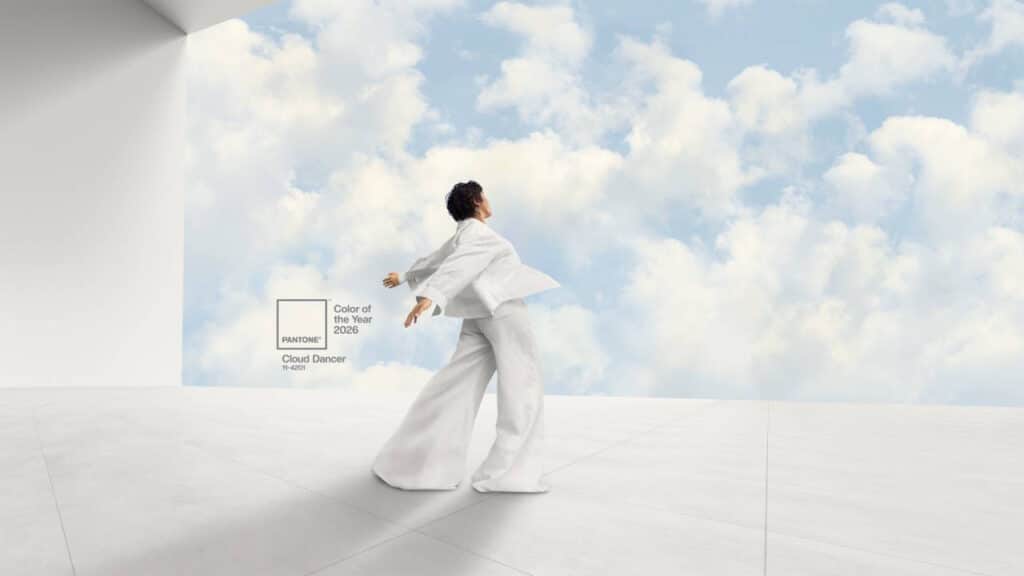Fashion Is Our Protest: How Latinos Turn Getting Dressed Into Resistance
Fashion is a barometer of the times. In recent months, trends have been (both correctly and misguidedly) used as indicators of recession and the rise of conservatism. Now, Latinos are making style statements as a form of resistance.
Dressing the resistance
As a powerful tool of expression, fashion often reflects the spirit of the times and societal sentiment. Beyond its basic use as a form of cover, throughout history, clothing has served as a means of conveying thoughts and beliefs. It is no wonder that clothing has been at the core of many revolutions and civil rights movements.
During the French Revolution, for example, the most radical revolutionary factions were known as sans-culottes (literally, “without breeches”). The title reflected the way the revolutionaries dressed, which contrasted with the upper classes that sported silk knee-length breeches (culottes).
At the beginning of the 20th century, suffragettes in the United States turned white dresses and slashes into their uniforms as they advocated for women’s voting rights. Meanwhile, the Black community made “Sunday’s Best” their dress code as they rallied for civil rights. In both cases, people used clothing strategically to reinforce their respectability and dignity in the face of scrutiny and repression.
Pachucxs
Among Latino communities, Cholxs and Pachucxs’ style of dressing represented defiance against the status quo.
Following the Mexican Repatriation, which deported and expelled Mexican American US citizens during the Great Depression, and as World War II unfolded, Mexican-American and Latino youths were marginalized and racialized for their fashion. Borrowed from Black culture, the zoot suit — a suit featuring baggy pegged pants and generally made in flamboyant fabrics — was at the core of the conflict. US servicemen regarded the use of extra fabric needed to tailor the zoot suit as “antipatriotic” and “anti-American.” Soon, zoot suit wearers, labelled as Pachucos, and their female counterparts were brutally assaulted in what we now know as the Zoot Suit Riots.
While many Latino youths avoided certain fashion elements not to be associated with Pachucxs, the repression and racialized violence encouraged others to challenge white-centered views and stereotypes through clothing.
Cholos reclaiming their heritage
Influenced by Pachucos, in the 1960s and 1970s, Chicano subcultures in Southern California embraced the word “cholo,” historically used as a pejorative term, to reclaim pride in their heritage. Unlike the Pachucos, Cholos style was rather defined by workwear—a reflection of their socioeconomic status. Dickies pants, oversized clothing and plaid shirts quickly became part of their signature wardrobe.
For women, beauty was also a tool and act of resistance. The Brownie Glazed Lips trend that many credited Hailey Bieber for? Cholas did it first. They also championed skinny brows, gold hoops, and many of today’s trends. The difference is that many of these style statements have been frowned upon or criminalized in Brown bodies. Meanwhile, white people or celebrities are celebrated when they appropriate them.
Talaya Champion, founder of fashion brand Elidia the Label, writes for her website, “The Chola uniform was born from strife, its own form of protest. It was a “F**** YOU” to the racist culture that was trying to keep them on the fringes of society and the traditional beauty standards of ‘girly girls.’ They wanted to be able to be wives, girlfriends, and mothers. [But] they also wanted to be out defending their barrios and proving themselves.”
Fashion is political
Now, as the political climate deteriorates and ICE raids targeting the Latinx community have prompted protests across the United States, Latinxs are once again resorting to fashion as a tool for resistance.
On TikTok, the “Fashion is Political” trend is showing how young Latinxs are proudly representing their cultures as a political act. In a socio-political climate that shows hostility to Latinx immigrants and cultures, many have chosen style as their language of protest.
Sporting zoot suits, Cholx staples, graphic tees, sports jerseys with their national flag, or doing something as symbolic as wearing braids, these young people are creating a new front of resistance against racism and discriminatory policies. They are also proving beyond a doubt that clothing is indeed a political tool and can be used for activism, and consequently, to rewrite narratives.
American fashion does not exist without immigrants
With various clothing businesses in the Los Angeles Fashion District being raided by ICE, content creators and the media are also reminding us that American fashion has historically been built on immigrant labor. Not to mention that the American fashion industry has thrived on the aesthetics that diasporic designers have introduced with their runways. From Latinos such as Oscar de la Renta and Willy Chavarria to Asian designers like Anna Sui and Vera Wang, the US fashion industry, like many industries in the country, owe their progress to immigration.
Those are just a few reasons why fashion has never been just about superficial pursuits. For immigrants, especially Latinx individuals, style is an act of resistance.




